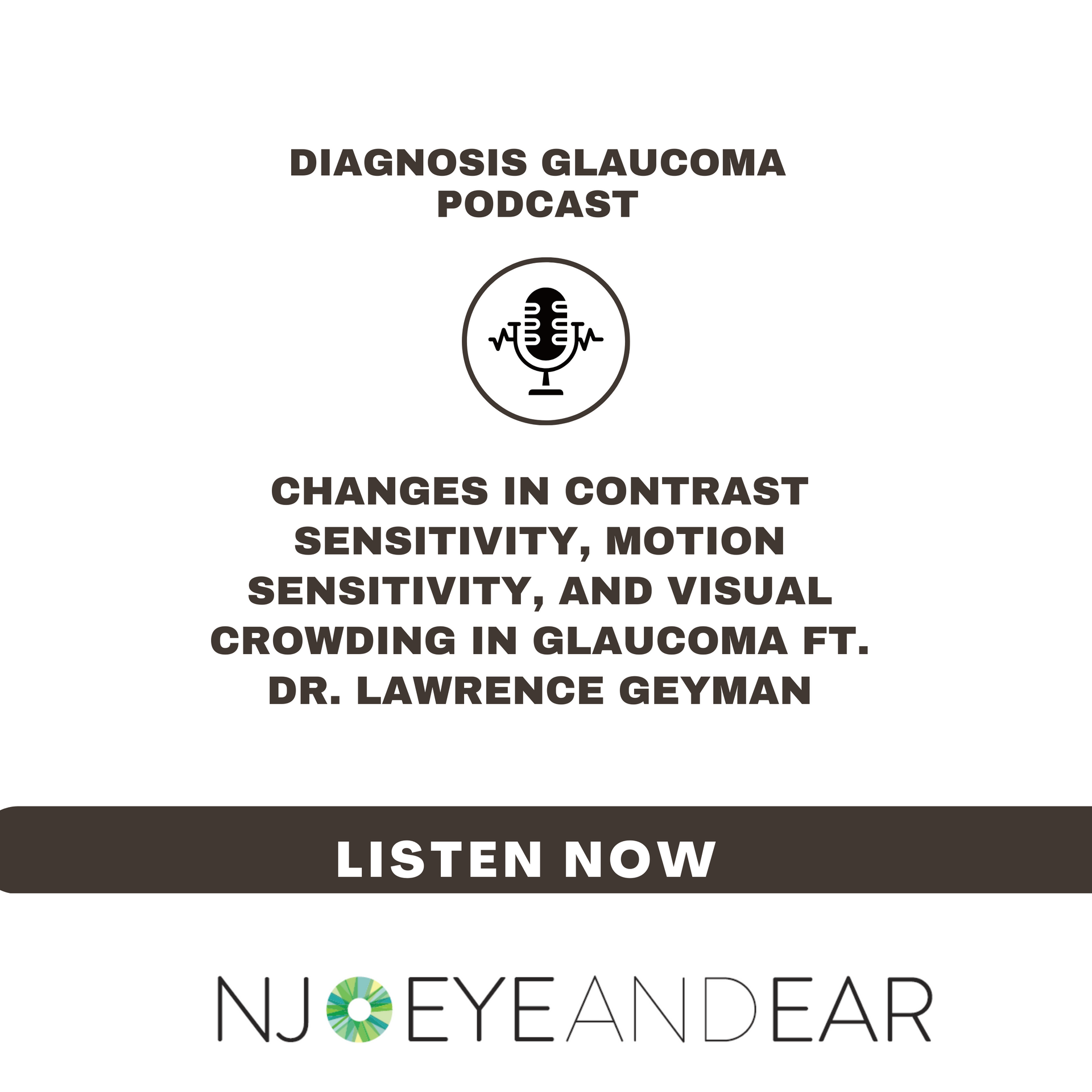Blog
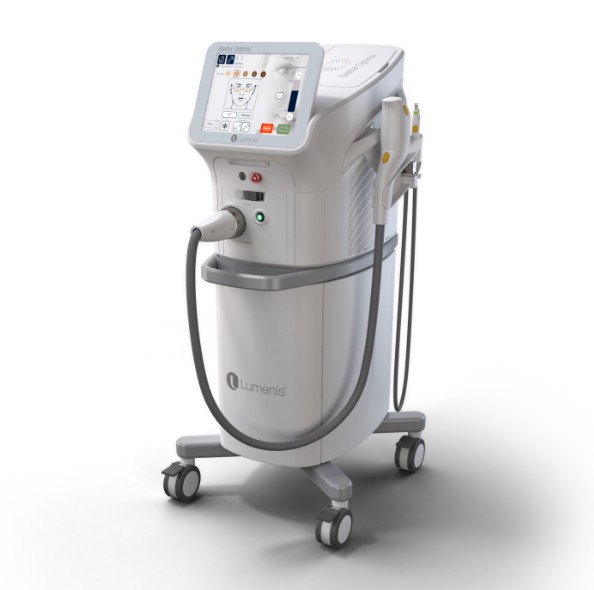
By Lumenis
•
18 Jan, 2024
Dry eye disease is becoming increasingly common, affecting millions of people worldwide. This chronic condition can significantly impact your life, sometimes making even the smallest of tasks seem difficult. If you have eye pain, blurry vision, and dry or watery eyes, it could be a sign that you have dry eye disease. But don’t worry! With an in-depth eye exam, our team can assess your vision and eye health to get you the treatment you need. With treatments like OptiLight by Lumenis, we can help manage your dry eye symptoms and get you back to seeing clearly and comfortably. Keep reading to learn more about OptiLight by Lumenis and how it can improve your life. What Is Dry Eye Disease? Dry eye disease is a common eye condition that occurs when there is an issue with any one of the three components of your tears. Your tears are made up of 3 distinct layers, all of which work together to keep your eyes healthy: ● The oily layer prevents your tears from evaporating too quickly ● The watery layer delivers nutrients to your eyes ● The mucus layer keeps your tear film stuck to the surface of your eyes What are the 2 Types of Dry Eye Disease? There are two types of dry eye disease. Evaporative Dry Eye (EDE) EDE is the most common type of dry eye disease. This type of dry eye occurs when you lack the proper amount of oil in your tears. When this happens, your tears can evaporate too quickly, drying out your eyes. In some cases, EDE can be caused by meibomian gland dysfunction, a disorder where the meibomian glands in your eyes become blocked, limiting the amount of oil being produced for your tears. Aqueous Tear Deficiency (ATD) If you suffer from ATD, your eyes lack the aqueous layer in your tears. This means that your eyes aren’t producing enough tears to keep the eye moist, which can lead to irritating and uncomfortable symptoms. What are the Symptoms of Dry Eye Disease? If you are suffering from dry eye disease, you may notice any of the following symptoms: ● A burning or scratchy sensation in your eyes ● Stringy mucus in or around your eyes ● Irritated or overly-watery eyes ● Sensitivity to light orphotophobia ● Eye redness, blurred vision, or eye fatigue ● A sensation of having something in your eyes ● Difficulty wearing contact lenses If you are experiencing any of these symptoms, book an appointment with your eye doctor to receive a dry eye disease diagnosis and get the treatment you need. What Is OptiLight by Lumenis? OptiLight by Lumenisis a safe, gentle, and effective treatment done to manage dry eye disease. This non-invasive procedure is the first and only FDA-approved intense pulsed light(IPL) treatment for dry eye management. OptiLight uses pulses of light precisely administered in the area below the eyes to reduce dry eye symptoms. This 10-15 minute procedure can relieve dry eye symptoms by: ● Increasing tear break-up time ● Reducing the amount of demodex mites and bacteria around your eyes ● Decreasing inflammation inflammation ● Improving meibomian gland functionality What to Expect If your eye doctor has recommended the OptiLight treatment , they will go over everything you can expect before, during, and after your appointment. Preparing for Your Appointment To prepare for your appointment you should avoid: ● Using skin brightening agents or serums for the week before your appointment ● Using tanning beds 1 month prior to your appointment ● Getting any neuromodulators (anti-wrinkle injectables) for at least 3 months before your appointment ● Taking oral medicines in the 3 months prior to your appointment The OptiLight Treatment This treatment is fast and simple, taking only 10–15 minutes. During your treatment your doctor will apply a cool gel on the treatment area and cover your eyes with shields to protect them. As light is applied to the skin, you may experience a warm or a tapping sensation, but you shouldn’t feel any pain. Post-Procedure Care While side effects are uncommon, your eyes may feel slightly more dry or gritty for the day following your procedure. If you do experience dry eyes, you can use preservative-free artificial tears. Following your treatment, your skin will be sensitive, so we recommend avoiding sun exposure and wearing sunscreen. Am I a Good Candidate for OptiLight by Lumenis? How do you know if OptiLight is the right treatment for you? During an eye exam, your doctor can determine whether or not it is the right option for you. In general, OptiLight isn’t recommended for patients who: ● Are taking certain medications, like Accutane ● Have active acne ● Suffer from certain skin disorders ● Are susceptible to keloid scarring ● Have severe scarring ● Have severely sunburned recently Find Relief Today You don’t have to live with the uncomfortable symptoms of dry eye disease. With OptiLight by Lumenis, your symptoms can be managed effectively and efficiently, restoring your quality of life. Our team is always here to help you find relief from dry eyes. Book an appointment today to see how OptiLight by Lumenis can help you!
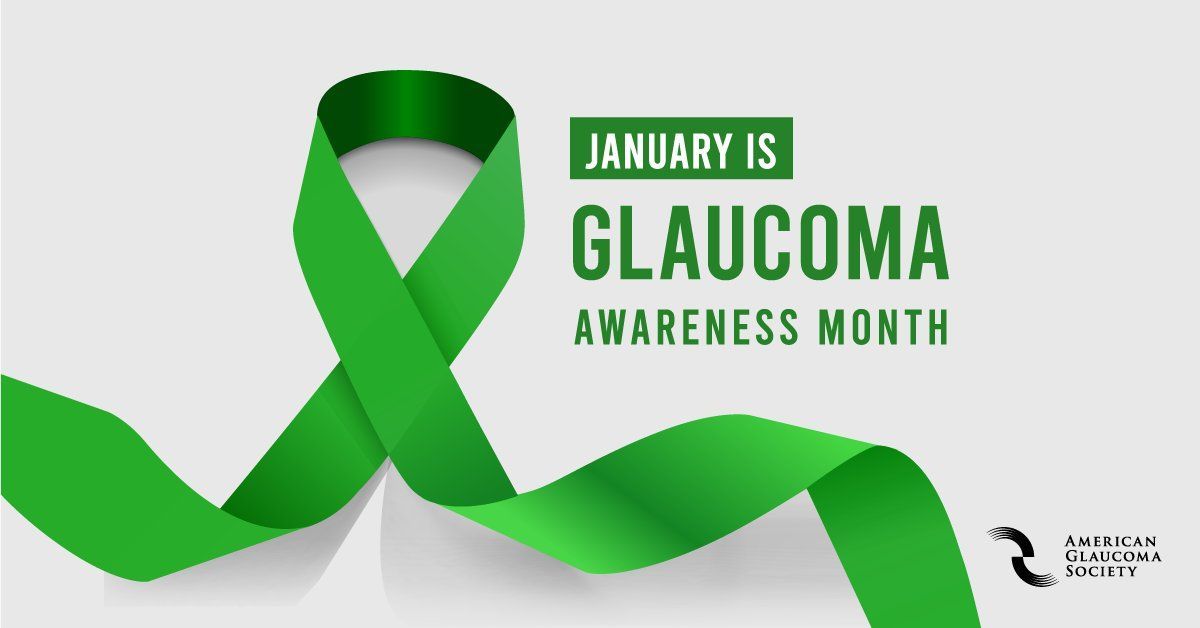
By Lawrence Geyman, M.D.
•
18 Jan, 2024
January is Glaucoma Awareness Month , and as a glaucoma specialist, this month holds special importance to me as a physician dedicated to preventing vision loss from glaucoma. I am also a member of the American Glaucoma Society Patient Care Committee, dedicated to improving patient education, outreach, and advocacy. Glaucoma is an eye disease that affects millions of Americans, in which the optic nerve, the nerve that connects the eye to the brain, suffers damage. After a critical amount of optic nerve fibers are damaged, the vision becomes affected. The causes of glaucoma are still being actively researched, though we know that eye pressure plays a significant role in the condition. In fact, nearly all therapies for glaucoma work by lowering the eye pressure. Importantly, simply having high eye pressure does not equate to having glaucoma, in a similar way to how simply having high blood pressure does not equate to having heart disease. Another significant risk factor for glaucoma is age, though rarer forms can affect younger individuals. Unfortunately, the damage that occurs to the optic nerve, and the resulting vision loss, is irreversible. In addition, glaucoma typically affects the peripheral vision first, and it progresses slowly. For this reason, a person may not know that they have vision loss from glaucoma until much later in the disease course. It is no surprise that glaucoma is thus known as the “silent thief of sight.” This is very different from a condition such as macular degeneration, which typically first affects the central vision that we use to read. Patients with vision loss from glaucoma may begin to bump into objects and may not be able to see their feet as they walk. Driving and other complex activities may become difficult or unsafe. Fortunately, with proper care and treatment, the progression of glaucoma can be slowed or halted. In the last decade, there has been an explosion in minimally invasive surgery, which is able to decrease the rate of vision loss with far fewer risks than with traditional glaucoma surgeries. New classes of medications have been made available, and refinements to the traditional surgeries have been devised. There are numerous research groups investigating neuroprotective therapies, which may offer a new way to treat glaucoma by protecting the optic nerve against damage. And, lastly, though likely still a long while away, regenerative therapy to reverse optic nerve damage is being studied, as well. It is important to ask your primary care physician or your primary eye doctor if a glaucoma evaluation is indicated, especially if you feel that your peripheral vision has worsened or if you notice gray, blurry, or black areas in your vision. A glaucoma evaluation often requires only a few additional examinations and tests. The Glaucoma Division at NJ Eye and Ear, consisting of myself, Dr. Khelly Savant, Dr. Nahndi Bush, and Dr. Daniel Stegman, is always here to answer any questions, as we work together to prevent vision loss and preserve our patients’ quality of life.
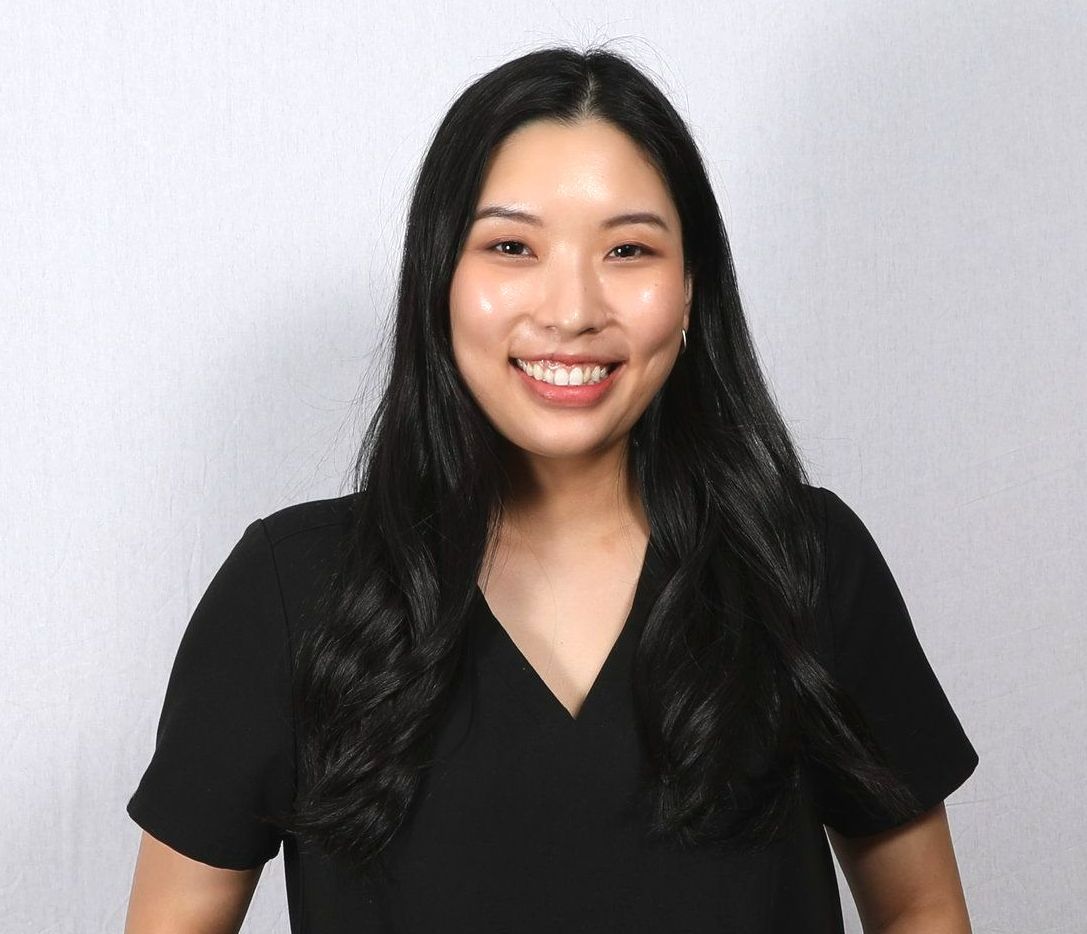
By Jessica Lee, O.D.
•
18 Jan, 2024
Why is my child’s eyesight getting worse every year? Most parents of near-sighted or myopic children will experience having to get new glasses every year due to the prescription getting worse as the child gets older. This is a very common and expected pattern of myopia for most children, and for many years, new glasses every 6 months or every year was the only solution. In the last few years, there has been many advances in the world of myopia, especially pediatric progressive myopia. But first, let’s go over the basics. What is Myopia? Myopia is nearsightedness, which means that you can see close objects, but objects farther away appear blurred. Myopia occurs if the eyeball is too long or the cornea (the clear front cover of the eye) is too curved. As a result, the light entering the eye isn’t focused correctly, and glasses or contact lenses will correct the blur. What is Myopia Control? “Myopia Control” is a term used to describe specific treatments to slow the progression of nearsightedness in children. What is offered at New Jersey Eye and Ear for Myopia control? 1. Ortho-Keratology hard lenses 2. MiSight soft contact lenses 3. Atropine 0.02% eye drops Information on the current Myopia Controls Ortho-Keratology (Paragon CRT lenses) Ortho-Keratology uses a series of custom-fitted hard contact lenses to temporarily reshape a child’s cornea. When the lenses are worn nightly, children with myopia can see clearly the next day without needing eyeglasses or contact lenses. When the child stops using the lenses, the cornea will go back to its original shape and myopia returns. Multiple studies suggest Ortho-Keratology lenses slow the eye’s growth by nearly 53%, effectively slowing down the progression of myopia. Wearing any lenses overnight can increase the risk of infection, therefore, they require thorough cleaning and extra hygiene steps compared with disposable lenses. MiSight Lenses (Coopervision) MiSight lenses are the first FDA-approved contact lenses for controlling myopia progression in children. These are soft, disposable lenses that are worn during the day, and discarded at night. Patient cannot sleep in these lenses. MiSight lenses have concentric rings to redirect how light hits the retina, which tricks the eye into not growing too long. The studies show that MiSight lenses are effective in slowing myopia progression in children by 59%. To get the full recommended benefit, children must wear the MiSight lenses at least six days a week, for 10 hours a day, until they are teenagers. Like all standard lenses, Misight lenses pose a risk for corneal infection. Good contact lens hygiene can lower this risk. Atropine 0.02% Eye Drops Atropine 0.02% eye drops is clinically used to prevent the progression of myopia by strengthening the sclera (white portion of the eye) to make the eye more stable and prevent elongation. The child still has to wear eyeglasses during the treatment to see clearly. Atropine 0.02% eyes drops dosage would be 1 drop in both eyes daily. There are some side effects of stinging, blurred vision or pupil dilation. There is at least a 2-year commitment before any attempts to discontinue the eye drops after stabilizing the refractive error. The drop will not be available at any pharmacy since it has to be compounded for its specific dosage. The prescription will be sent to a compounding pharmacy, and the pharmacy would dispense the drops and assist patient with details on insurance coverages if available. Optometrists that provide these treatments: Dr. Jessica Lee (Englewood Location) Dr. Ester Kohen (Clifton and Englewood Locations) These therapies work differently for every child, so please ask your doctor which would be the most recommended and effective therapy option for your child. Many parents believe their child is “too young” for contact lenses. However, research has shown that both children (ages 8-12) and teenagers (13-17) can safely wear contact lenses. NJ Eye and Ear Contact Lens Department will train with all first time contact lens wearers. Over a three-year period, evidence has shown a statistically significant improvement in self-perception regarding physical appearance, athletic competence, and social acceptance in children wearing contact lenses.

By Rey Bolic
•
09 Dec, 2021
NJ Eye and Ear is proud to celebrate 25 years in business serving the northern New Jersey area under the leadership of Daniel Stegman, MD. NJ Eye and Ear is a progressive, learning-oriented medical practice specializing in treating all manners of ENT, vision and hearing problems. The practice’s goal is to provide the most advanced and cost-effective care to its patients. To that end, NJ Eye and Ear has built a team of the top award-winning physicians and surgeons, encompassing all sub-specialties of ophthalmology, otolaryngology and audiology. NJ Eye and Ear provides eye examinations, allergy testing, ENT problems, and hearing exams. It also offers laser-vision correction, treatment of retinal diseases, clogged tear ducts, cataract, and facial cosmetic surgery to name a few. “We are pioneering at the forefront in health care with state-of-the art equipment and the most fashionable eye boutique in New Jersey,” said Rey Bolic, spokesman for NJ Eye and Ear . With over 25 years of experience in the field, Dr. Daniel Stegman provides comprehensive ophthalmologic care and the treatment of glaucoma. He is widely known and respected for the high quality of care that he provides. At Mount Sinai he completed a clinical and research fellowship in glaucoma, and remains on staff as a clinical instructor of ophthalmology. Dr. Stegman’s research work in glaucoma has been presented at the prestigious Association for Research and Vision in Ophthalmology. He is fluent in Spanish and English, and is also an NYPD Honorary Police Surgeon. Dr. Kevin Ende is double board-certified and has performed over 14,000 ear nose and throat, facial plastic and reconstructive, and hair restoration surgeries over the last 17 years in New York City and Philadelphia. In 2019, Dr. Ende was recruited to head the ENT division of NJ Eye and Ear in Englewood. Dr. Ende has served as a faculty member for the Department of Otolaryngology at the University of California, San Francisco (UCSF), where he taught advanced techniques to surgeons in training. For the past 9 years, Dr. Ende has trained the ENT residents from the highly respected Albert Einstein/Montefiore training program in Bronx, N.Y. Dr. Ende is established as a leading hair restoration specialist in the New York and New Jersey area. Dr. Daniel Chechik is a board-certified ophthalmologist, specializing in retina care and treatment. Dr. Chechik gave back to his community through teaching at SUNY Downstate Health Science Center and Lebanon Hospital where he was an assistant professor. Dr. Chechik completed his residency in 2001 and continued on to complete a fellowship in surgical and medical disorders of the retina and vitreous. He is fluent in Russian, Spanish and Dr. Nahndi Bush has devoted more than 18 years to the practice of comprehensive ophthalmology and glaucoma in northern New Jersey. Following internship at Hackensack University Medical Center, Dr. Bush completed her ophthalmology residency at Mount Sinai Medical Center in New York then stayed on as chief resident, completing a glaucoma fellowship. She serves as a voluntary attending at University Hospital in Newark, where she was recently honored with the 15-year Service Award. Dr. Nirupa C. Cuttler is a comprehensive board certified ophthalmologist who provides a wide array of ophthalmic care. She was raised in central New Jersey and stayed in the state for her undergraduate and medical training. She then went to Royal Oak, Mich. to complete her internship year and ophthalmology residency at William Beaumont Hospital, where she served as chief resident during her last year. She is proficient in Spanish and fluent in Tamil (South Indian language). Dr. Tal Kazam is a board-certified comprehensive ophthalmologist providing a wide spectrum of eye care. She completed her ophthalmology residency at the renowned New York University and Manhattan Eye, Ear and Throat Hospital. Before joining NJ Eye and Ear, Dr. Kazam was in private practice in New York City. She is licensed to practice medicine in New York and New Jersey. Dr. Gautam Kamthan is a board-certified medical and surgical comprehensive ophthalmologist who has been in practice for nearly 10 years. In addition to laser and refractive cataract surgery, he has a particular interest and expertise in high-risk cataracts, the repair of complications from cataract surgery and reconstruction of the front of the eye. He is an assistant professor at the Mount Sinai Medical Center and the New York Eye and Ear Infirmary. He treats veterans at the James J. Peters Veterans Affairs Medical Center in New York City, and has an affiliation with Holy Name Medical Center in New Jersey.
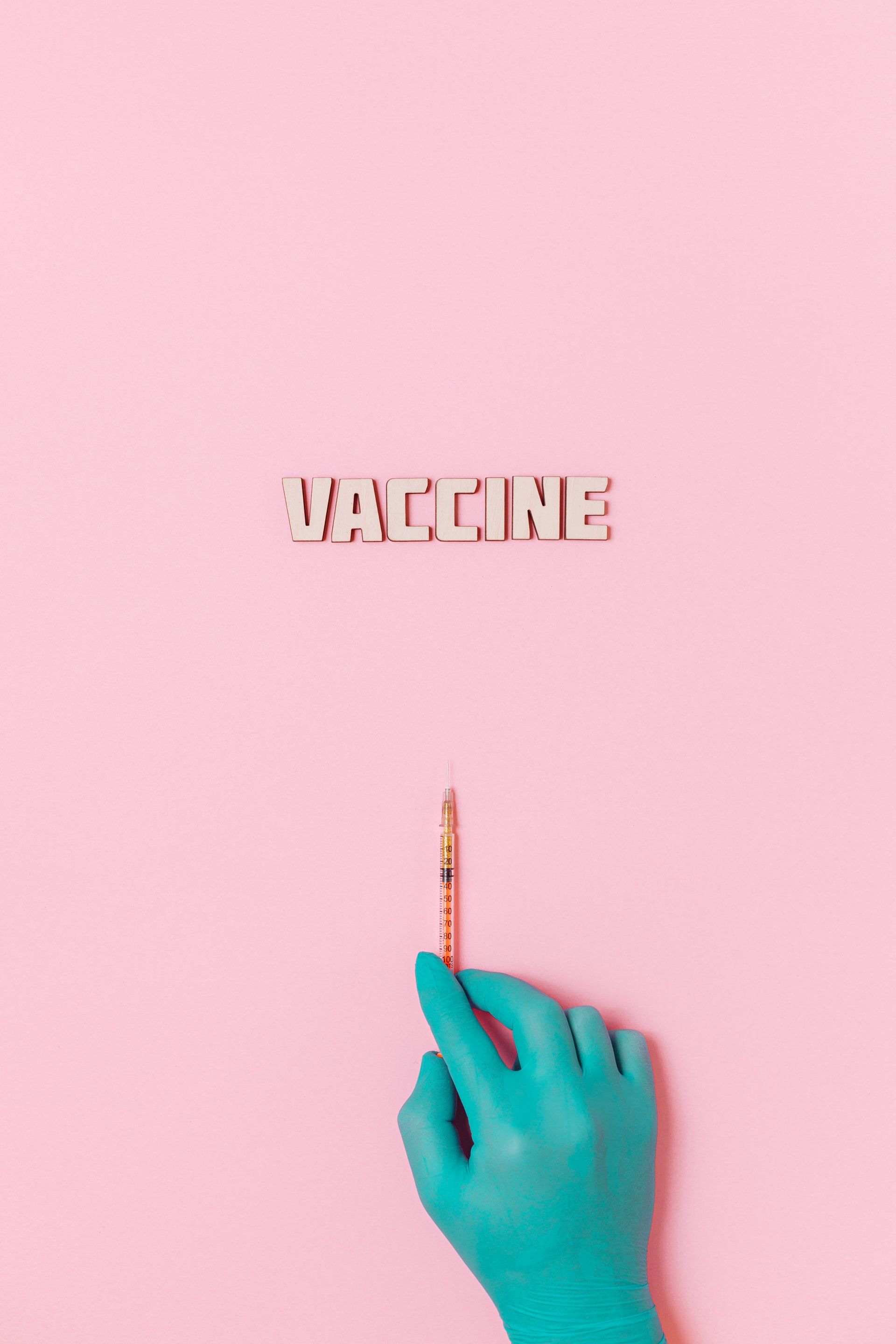
By Yasmina Ahmed, M.D.
•
03 Nov, 2021
Getting the flu vaccine can decrease your chances of getting sick with flu. Studies have shown that flu vaccination can reduce your risk of contracting influenza virus. If you do happen to get sick and you are vaccinated, studies have shown that the severity of your illness is reduced. Furthermore, the risk of being hospitalized and dying from flu are also decreased.
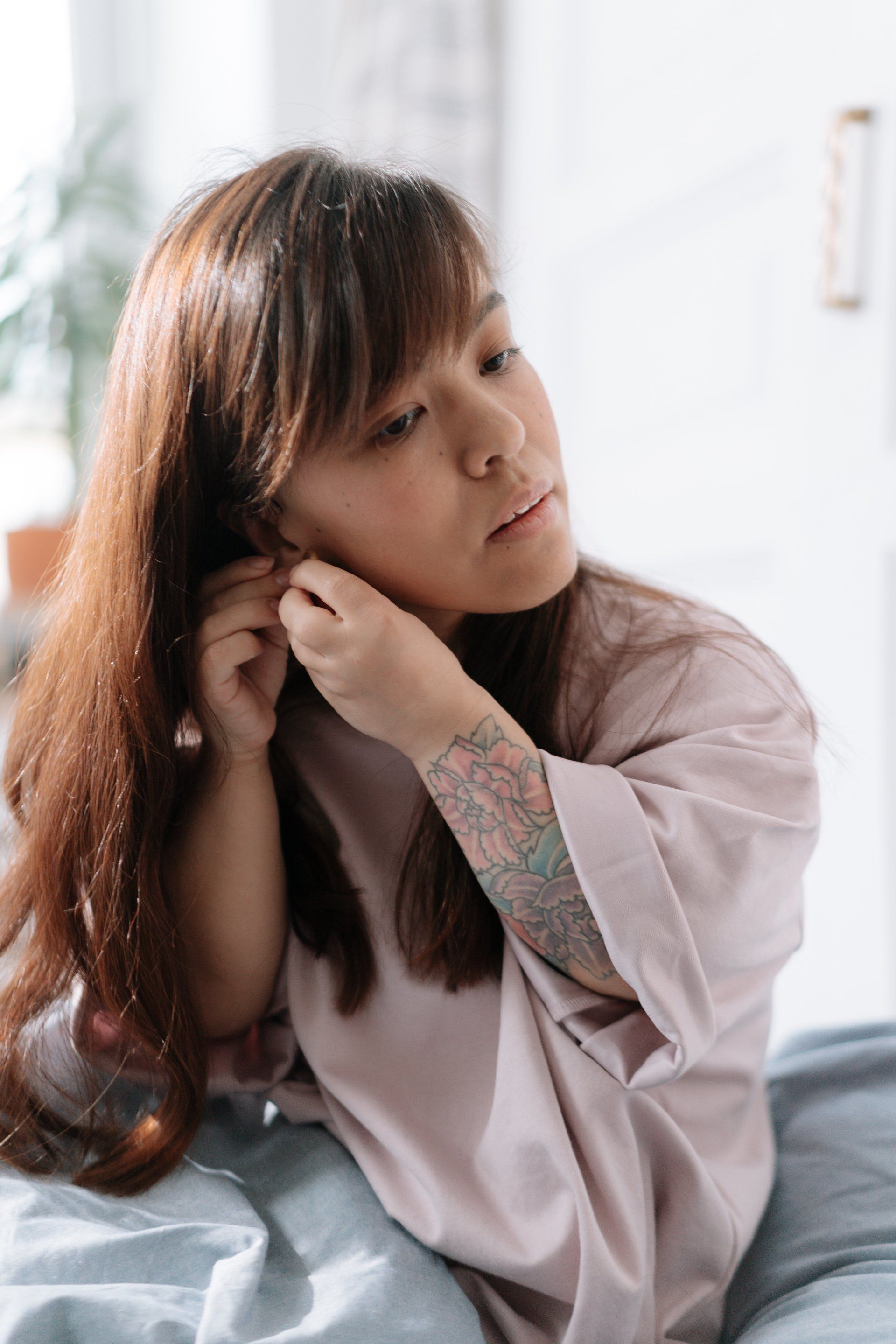
By Yasmina Ahmed, M.D.
•
28 Sep, 2021
What is cerumen and why is it a problem? Ear wax, or medically known as cerumen, is naturally produced by the body to protect the ears. Cerumen is comprised of dead skin cells, hair, and secretions from the ceruminous and sebaceous glands of the ear. It is made by the outer third of the ear canal. Cerumen provides lubrication to the ears and contains anti-microbial properties to prevent infection of the ear. Accumulation of cerumen in the ear most commonly arises when people use qtips (cotton swabs) or other instruments to clean their ears. Variations in the quantity of cerumen produced, texture of the cerumen, and patient anatomy may also contribute to cerumen build up. When cerumen becomes excessive this can cause discomfort in the ears, difficulty hearing, and impaired assessment of the ear. How can I safely remove ear wax (cerumen) at home? There are many methods to safely remove ear cerumen. - 1) mineral oil - we recommend placing 4-5 drops of mineral oil in the ears using a dropper. Let the drops sit in the ear for a few minutes before showering. This will naturally soften the ear wax, so the body can naturally get rid of the ear wax on its own. Other safe alternatives include baby oil, sesame oil or olive oil. This is the safest method and my prefered method when advising patients. - 2) hydrogen peroxide - we recommend diluting hydrogen peroxide with water (50% water and 50% hydrogen peroxide). Place 3-4 drops in the ears using a dropper. Let the drops sit in the ear for a few minutes before showering. This works similarly to mineral oil and will help liquefy the wax so that the body naturally gets rid of the cerumen. Other alternatives include debrox over the counter ear drops. If you experience any burning or discomfort, please discontinue these drops and notify your doctor. If you have a hole in your ear drum, I would also avoid these drops. For this reason, we recommend discussing the use of hydrogen peroxide with your provider prior to starting this regimen at home. What additional methods are used to remove ear wax (cerumen)? There are additional methods that your physician may employ to remove cerumen. - 1) irrigation - your physician may employ water or saline irrigation to remove cerumen. This may improve patient comfort and is generally safe for most patients. However, your physician should evaluate your ear to determine if this is appropriate for you. - 2) dry instruments - your physician may employ specialized instruments to remove the cerumen from your ear. This may include the use of suctions or curettes to safely remove the ear wax from your ear. The use of instruments should not be attempted at home. What methods should be avoided when attempting cerumen removal at home? There are many complications that can occur secondary to cerumen removal at home including damage to the ear drum or ear canal skin, or retained foreign body. 1) qtips - as a general rule - you should never insert any objects into your ear. Qtips often push the wax further into the ear canal making the wax more difficult to remove and additionally may cause damage to the ear canal or ear drum. Other common items such as bobby pins, feathers, fingernails, cameras and curettes should also be avoided. 2) ear candling - this is a dangerous practice and can result in permanent damage to the ear drum. If you are concerned about possible ear wax, please visit your doctor to discuss what regimen is most appropriate for you!

By Adria Burrows, M.D.
•
23 Sep, 2021
Last year all the children were learning on-line and sure enough, they are coming into the office with worsening prescriptions. The computer and the tablet tend to make the eyes more myopic. Thus, you may think that your child's vision is fine, but he or she may indeed need a new prescription for the new school year. It is very important to stay on top of your child's vision. It is also important to put a blue coating on your child's glasses to block the blue rays from the computer. These blue rays tend to make myopia progress as children are on the computer and the tablet. There are all grades of blue coatings. If you spend fifteen dollars on a pair of blue blocker glasses, you are not getting any significant blue blockage. You do get what you pay for. A good blue blocker coating alone costs much more than this. The optical at New Jersey Eye and Ear puts a blue coating on glasses that blocks one hundred percent of blue rays. Besides bringing in your child for an eye exam at the start of the school year to make sure that the vision is good, you want to make sure that there are no eye diseases. Children do, in fact, get eye diseases, and some of them do not have symptoms. Glaucoma is a prime example. Glaucoma is a condition where the pressure of the eye is elevated and this can result in blindness. More and more children are getting glaucoma (we do not know why) and most times there are no symptoms. At New Jersey Eye and Ear, we check for glaucoma routinely in children. Retinal conditions are also important to check for and every child gets a dilated exam to check the retina. There are many conditions of the retina that can result in decreased vision. Children often don't or can't communicate when there is a problem with their eyes. That is why it is so important to have their eyes checked regularly, and especially at the start of the school year.
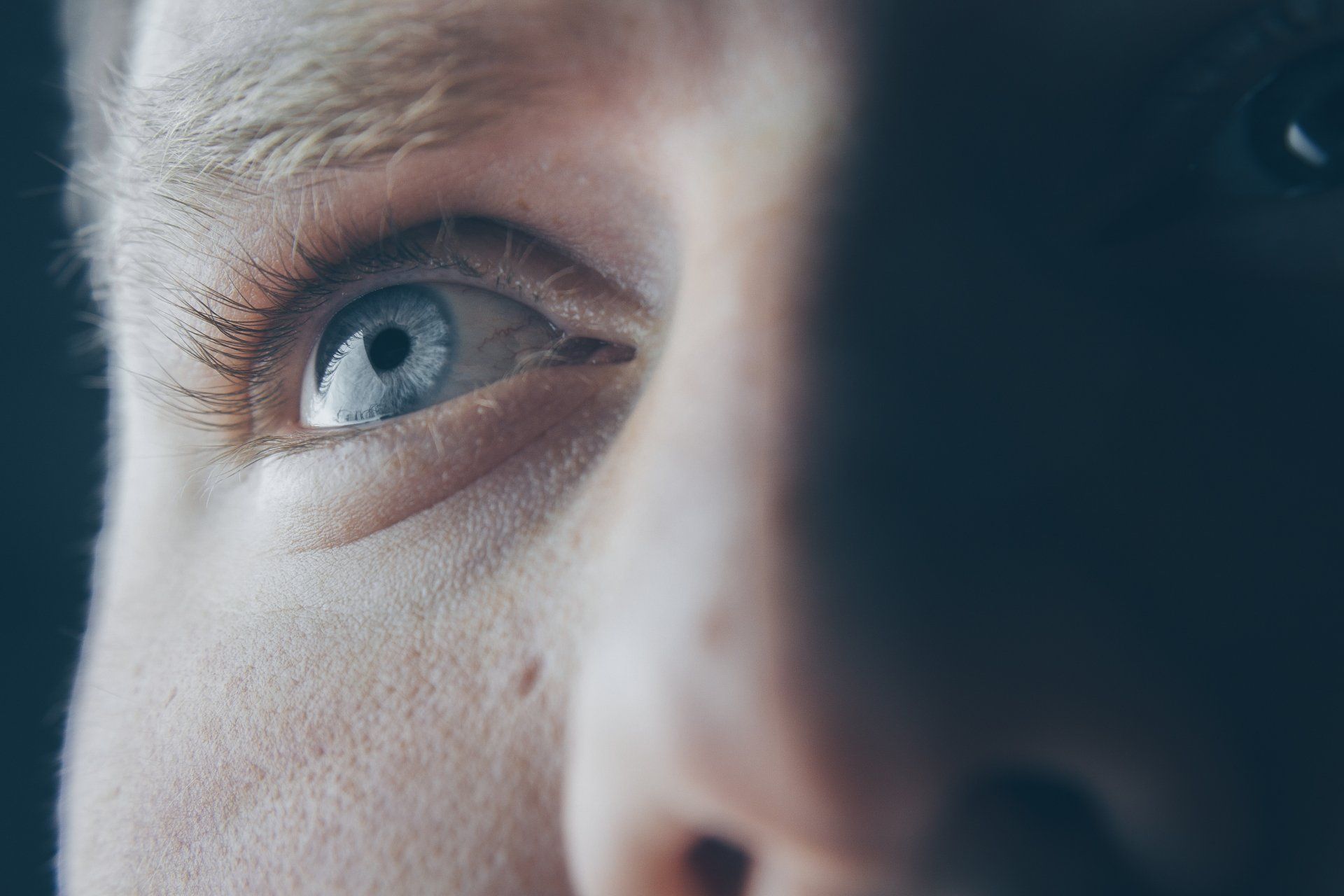
By Yasmina Ahmed, M.D.
•
23 Sep, 2021
What are nasal turbinates? Nasal obstruction may occur secondary to enlarged nasal turbinates. The nasal turbinates are paired bony structures covered with mucosa (lining) arising from the lateral nasal wall. Your nasal turbinates normally act to humidify the air we breathe. The mucosa (lining) of the inferior turbinate will often shrink and swell as part of the normal nasal cycle. However, in some patients when the turbinate bone and/or mucosal lining enlarges significantly this can cause the sensation of nasal obstruction (difficulty breathing through your nose). The mucosa (lining) of the nose can become swollen in response to allergies, inflammation, and infection. The turbinate bone may also become enlarged which further contributes to nasal obstruction. What are the symptoms of nasal obstruction? Symptoms of nasal obstruction include rhinorrhea (runny nose), nasal congestion or stuffiness, nasal blockage, difficulty breathing through your nose, postnasal drip, trouble sleeping, and facial pain/pressure. What treatments are available to treat enlarged turbinates? There are medical and surgical treatments available. Typically a significant portion of patients experience improvement with medications such as intranasal steroid sprays, intranasal antihistamine sprays, nasal saline rinses, and oral allergy medications. For patients with inadequate relief with medical therapy, there are several surgical options available (e.g. turbinate outfracture and turbinate reduction). Nasal turbinate surgery can be combined with other nasal airway procedures (e.g. septoplasty, internal nasal valve surgery and/or sinus surgery) to further improve your nasal breathing. The surgical procedure indicated depends on your nasal anatomy and thorough discussion with your surgeon.
Useful links
Contact info
Sign-Up for our Subscription Newsletter
Join the Newsletter
Thank you for contacting us.
We will get back to you as soon as possible
We will get back to you as soon as possible
Oops, there was an error sending your message.
Please try again later
Please try again later

